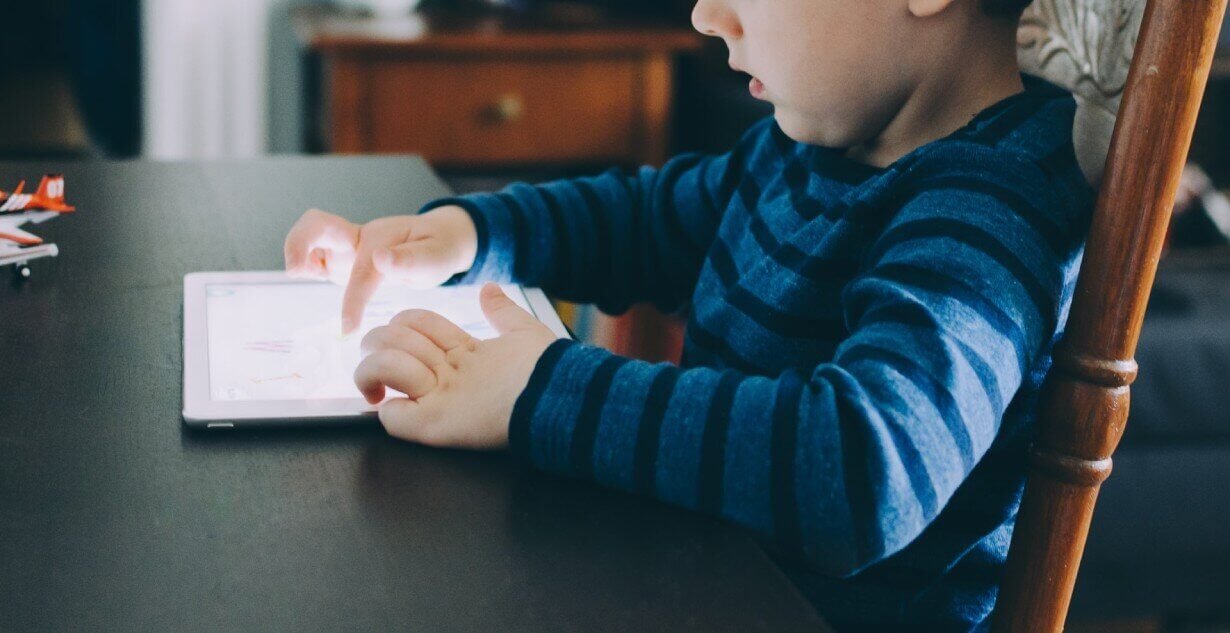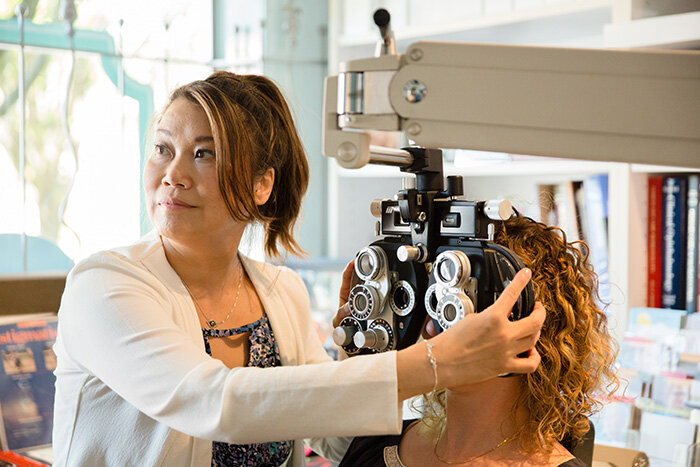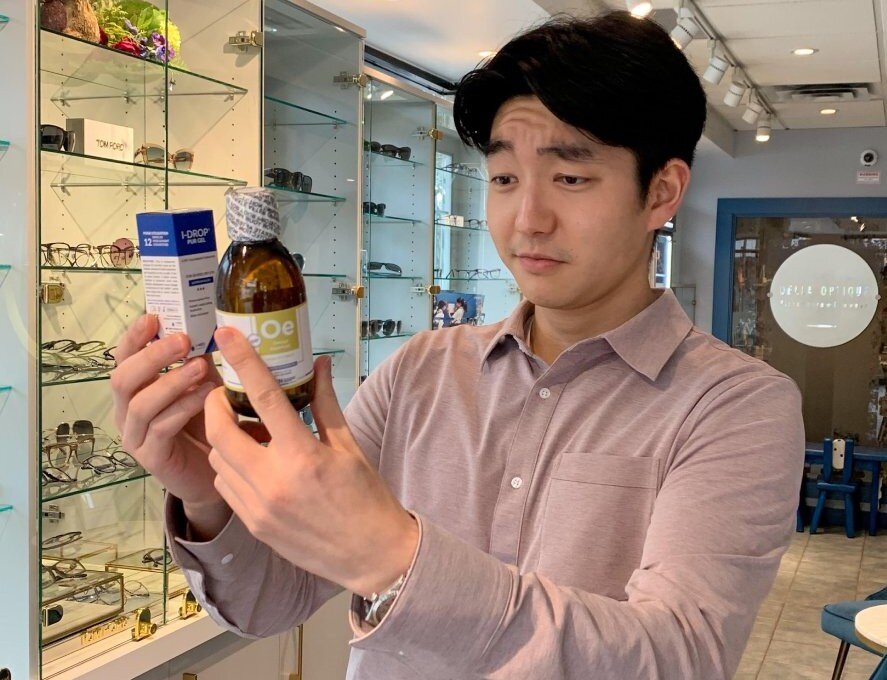How Screen Time Affects Kids' Eyes
Children of all ages now use digital devices for extended periods, whether staring at screens for leisure video watching, ebook reading, social media or homework assignments. With many schools now offering virtual education this screen time issue becomes even more prevalent today than just a few years ago.
The most common concerns from parents surrounding screen time seem to be “Are tablets bad for toddlers’ eyes?” and “What are recommended screen times for kids?”. In this blog post, I will break down some key points in regards to children’s vision and screen time. As always, I hope this helps you to make informed and healthy choices involving your child’s exposure to screens.
Recommended Screen Times for Children
Ages 0-2 Years (Infants And Toddlers)
None, with the possible exception of live video-chatting (e.g. Zoom, Facetime, Skype) with parental support, due to its potential for social development.
Ages 2-5 Years (Preschool Children)
No more than one hour per day of age-appropriate, educational, and supervised viewing.
Ages 5-18 (School-age Children)
Ideally, no more than two hours per day of recreational screen time. Individual screen time plans should be based on development and needs.
Symptoms To Watch For
Symptoms that your child is spending too much time in front of a screen may include the following:
Tired eyes (strain around the eyes)
Burning eyes
Fluctuating vision
Frequent eye rubbing
Difficulty falling asleep at night
Headache/Migraines
Children’s use of digital screens has drastically increased in recent years, and often begins earlier in their childhood. High screen time use in children has been found to be associated with poorer sleep quality, poorer school performance, a risk for obesity, other risky behaviours in older children, as well as delays in critical cognition, learning and social skills in younger children.
Many optometrists have found a direct correlation between dry eyes and screen time. Conclusions of one study found that dry eye symptoms were associated with the duration of screen time in young adults. Longer screen time for both study and social media is associated with worse dry eye symptoms [1].
Frequently Asked Questions
What Affect Does Screen Time Have On Children?
Overall, for school age children, if the time spent on screens is limited and the content is educational, supervised screen time may not always be a negative factor. The key here really is finding a good balance between screen time, outdoor activities, learning away from the screen, and forming quality in-person connections.
It is also recommended that children avoid using a screen one hour before bedtime. I like to tell parents that screens in the bedroom are not recommended. Much has been written on the subject of digital light impacting sleep, including this article by Della Optique lens specialist Phil Trickett here.
My Optometrist Recommended the 20/20/20 Rule for Screen Time. What Is It?
The 20/20/20 rule is a fairly easy method of reducing digital eye strain symptoms. The 20/20/20 concept is very simple: Every 20 minutes, look at objects 20 feet away, for at least 20 seconds. This helps your focusing eye muscles relax as too much prolonged near work can put a significant amount of strain on the focusing muscles within your eyes.
Does Spending More Time Outdoors Prevent Myopia (Near-Sightedness)?
Recently, there has been strong evidence in research journals and literature stating that the more time spent outdoors and less time indoors doing near work may reduce the risk of developing myopia [2].
The prevalence of myopia in children has been increasing significantly in the past few decades and environmental factors such as time spent upon reading and other near activities have been cited as a potential factor contributing to this.







